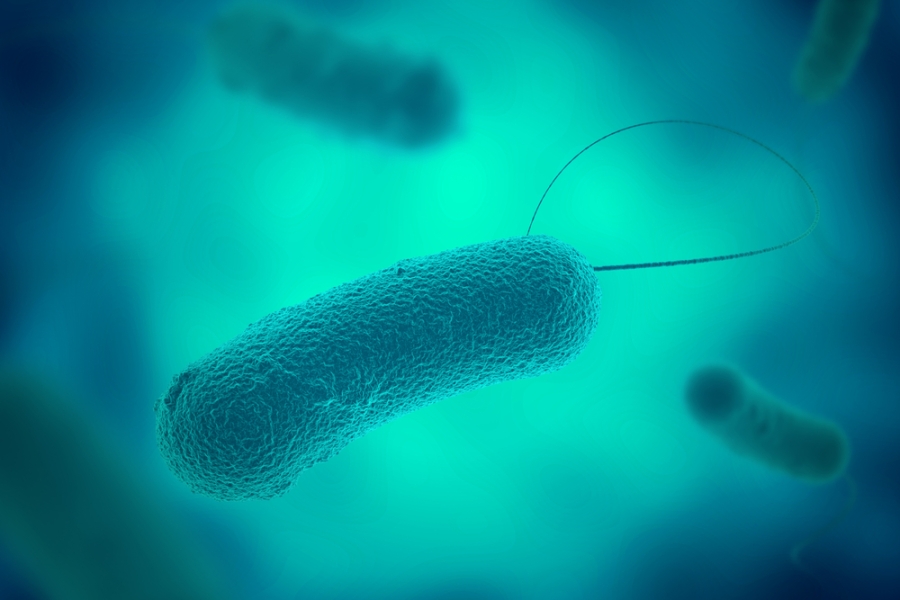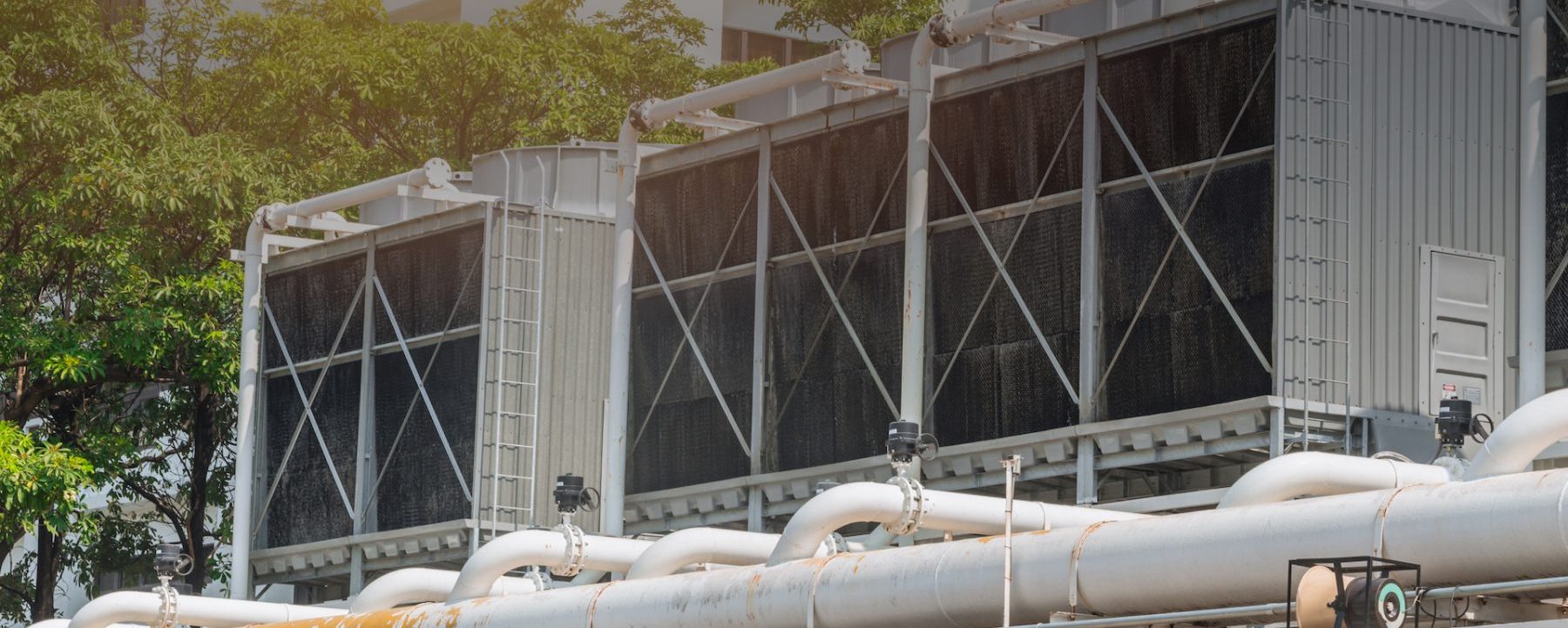Legionnaires’ is a disease which is severe in form, often lethal and a type of pneumonia. It is caused by the bacteria Legionella Pneumophilia, found in both soil and water. The disease is caused by either drinking water containing the bacteria or when the contaminated water particles are inhaled into the lungs while choking during drinking, swallowing or ingestion.

How It Spreads
After legionella grows and multiplies in a very building water system, water containing bacteria then spread in droplets sufficiently little for individuals to take a breath. People will get Legionnaires’ illness after they inhale tiny droplets of water within the air that contain the microorganism. Fortunately, through services such as Legionella Regulations as laid down by NSW Health, you can avoid such mishaps.
Less ordinarily, individuals will get sick by drinking water containing bacteria. This happens when water accidentally goes into the lungs while drinking. People at exaggerated risk include those with swallowing difficulties.
Healthy individuals exposed to bacteria don’t get sick. People at increased risk of getting sick are:
- People 50 years or older
- Current or former smokers
- People with chronic lung disease (like chronic obstructive pulmonary disease or emphysema)
- People with weak immune systems or who take drugs that weaken the immune system (like after a transplant operation or chemotherapy)
- People with cancer
- People with underlying illnesses such as diabetes, kidney failure, or liver failure.
How to prevent Legionnaires’
There are not any vaccines which will stop Legionnaires’ illness. Instead, the key to preventing Legionnaires’ illness is to make certain that building owners and managers maintain building water systems so as to cut back the danger of bacteria growth and spread.
Since the microorganism survives in warm contaminated water, the temperature of water in the system should be below 20ºC (68ºF) or above 60ºC (140ºF). Since bacteria prefers water that’s contaminated with rust, algae, sludge, amoebae, slime, biofilm, lime scale, corrosion product or different organic matter and different microorganism, keeping it clean helps. There should be no stagnation of water as the bacteria thrive in water that’s stagnant for long.
Legionnaires’ prevention in water cooling systems
Water cooling systems have many aspects that are regulated by bacteria infection prevention pointers. These include authorisation, operating, maintaining, improvement and regular procedures.
There have to be regular inspections for microorganism growth, leaks, algae, blockages or stagnations and splashing. The design of the systems should be such so they will be cleansed frequently.
Exhaust should be discharged far from wherever it may be exposed to the general public.
Water in all the systems should be speedily moving and chemicals should be added, when needed, to limit the build-up of scaling, microbial growth, etc.
Legionnaires’ prevention in air conditioning systems
Air conditioning systems equally need to be economical in coming up with, commissioning, operating, maintaining and cleaning.
The air filters should not accumulate moisture and there should be provision for regular maintenance. Heat exchange coils should have corrosion-resistant components to prevent clogging and contamination.
The outbreaks of legionella are always expected, specifically in the warmer months, which facilitate the brooding and colonization of the Legionella bacteria. But the maintenance and health of the water systems is the surest way to reduce the brooding of these lethal bacteria. For more information, one can check out the NSW Health Legionella Guidelines, a website set up by HydroChem, Australia’s leading industrial and commercial wastewater treatment company.

